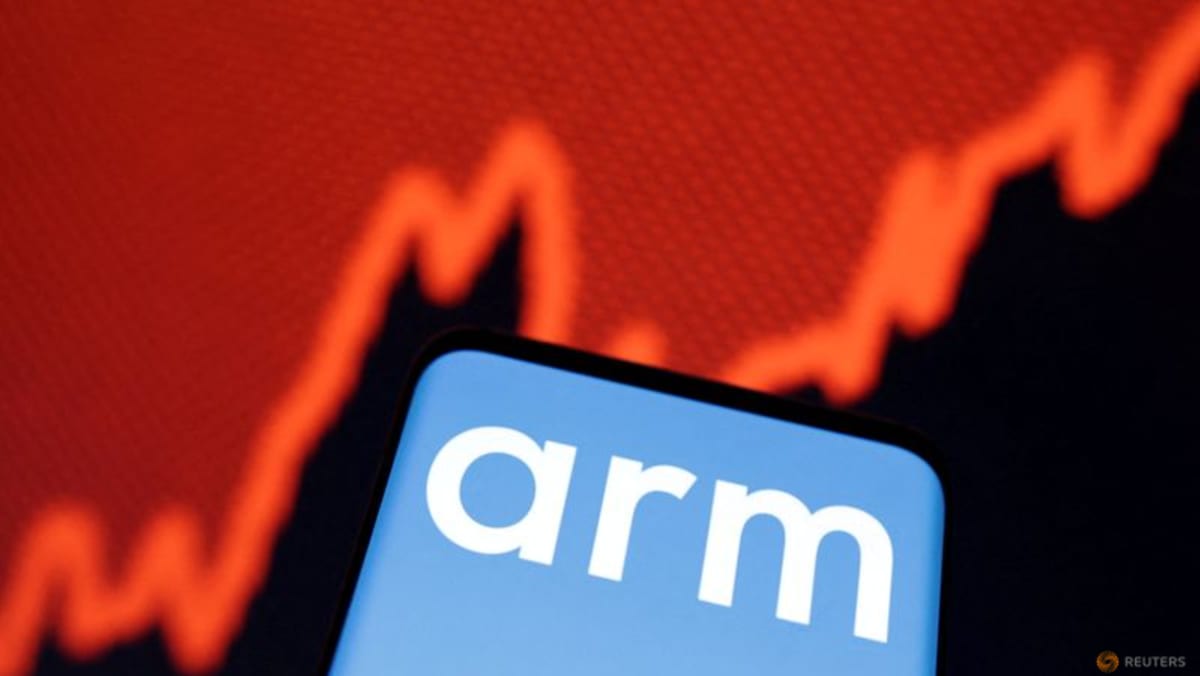FG Trade/E+ via Getty Images
The Consumer Price Index will generate fresh data on how much Federal Reserve’s tight monetary policy is containing inflation on Wednesday.
Recall that in the first quarter of 2024, inflation data came in hotter-than-expected, leaving some to wonder if policy wasn’t restrictive enough. In May and June, though, the inflation data points were more encouraging, and the markets have priced in more rate cuts, starting in September.
The headline number, which includes food and energy prices, is expected to rise 0.2% M/M in July, according to the consensus estimate of economists, compared with -0.1% reported in June. On a Y/Y basis, the CPI is anticipated to increase 3.0%, the same pace as in June.
Excluding volatile food and energy prices, economists expect core CPI to increase 0.2% M/M, increasing from the 0.1% pace in the previous month. That would bring the Y/Y figure to +3.2%, easing from June’s +3.3% increase.
The question, though, is: will inflation continue to trend lower or is it another head fake? A stronger-than-expected print will likely rattle markets. But Citi economist Veronica Clark sees “more reasons to think that inflation will continue to slow in the second half of the year than pick up again, including slowing shelter inflation, softer wage pressures, weakening discretionary demand, and soft residual seasonality in H2,” according to a note to clients.
Citi estimates that July core CPI will rise 0.18%
Even though the Federal Reserve prefers to use the core personal consumption expenditures (“PCE”) index to gauge underlying inflation trends, a big swing in CPI could influence the central bank in its decision-making. Fed policymakers have said for months that they’re waiting for more good data on inflation before they decide to cut rates. And while they have indicated that the first cut could come soon, Chair Jerome Powell insists that they are data-dependent in their rate decisions.
With the unemployment rate rising to 4.3% in July, the Fed will have a higher bar for inflation data that’s considered “bad” enough to hold off on rate cuts, Clark said.
She expects core goods prices to be essentially flat during July, with car prices declining 0.1%. Shelter prices are expected to increase 0.28%, and stay within a +0.25% to +0.30% range for the next few months, slowing to ~+0.20% by the end of 2024.
Michael J. Kramer, Investing Group Leader of Mott Capital Management, says the July CPI print, expected to confirm the Fed rate-cutting cycle starting in September, would be a negative for equity markets. “As a result, one can expect rates to fall, leading to further yield curve steepening,” he wrote. “More importantly, this will further deteriorate interest rate differentials, leading the USD/JPY to lower levels and further unwinding the carry trade, which is negative for equity markets.”
The carry trade refers to when an investor borrows capital in one region where rates are low, say Japan, and then invests in a region with higher interest rates, such as the U.S. That trade, though, lost some of its power when the Bank of Japan raised its policy rate to 0.25% from near zero at the end of July. Thus, the equity markets dropped due to the unwinding of the carry trade.
SA Analyst Damir Tokic is more wary. He points out that the Cleveland Fed Inflation Nowcast is “predicting that core CPI will be higher for both July and August at 0.27%. On an annual basis, this would be consistent with 3.3% core CPI.”
If that model is correct, “the Fed might not be able to start cutting interest rates in September as expected,” he said.
Shelter will be the most important variable to watch regarding Fed policy. That increase moderated to 0.2% M/M in June from 0.4% in the prior month. While market rents are falling, “the moderation in shelter inflation is still questionable as housing prices are still rising,” Tokic added.
If wholesale prices are any indication, though, the producer price index for July came in cooler than expected. Inflation for services, which comprises ~70% of the U.S. economy, slipped 0.2% M/M in July, the biggest decline since March 2023, according to the PPI report. We’ll see if the CPI follows the trend at 8:30 AM ET on Wednesday.
More on Inflation in the US
#Julys #CPI #report #affect #markets







